When it comes to inflammation, certain vegetables can surprisingly contribute to the problem. Though vegetables are generally healthy, some have compounds that may trigger inflammatory responses in susceptible individuals.
It’s essential to be aware of these vegetables to make informed dietary choices.
1. Tomatoes

If tomatoes are a staple in your diet, consider their lectin content. Lectins can be problematic for some, potentially leading to inflammation.
However, cooking tomatoes may reduce lectin levels, making them easier to digest. Where possible, try opting for peeled or seeded varieties to lessen any adverse effects.
2. Bell Peppers
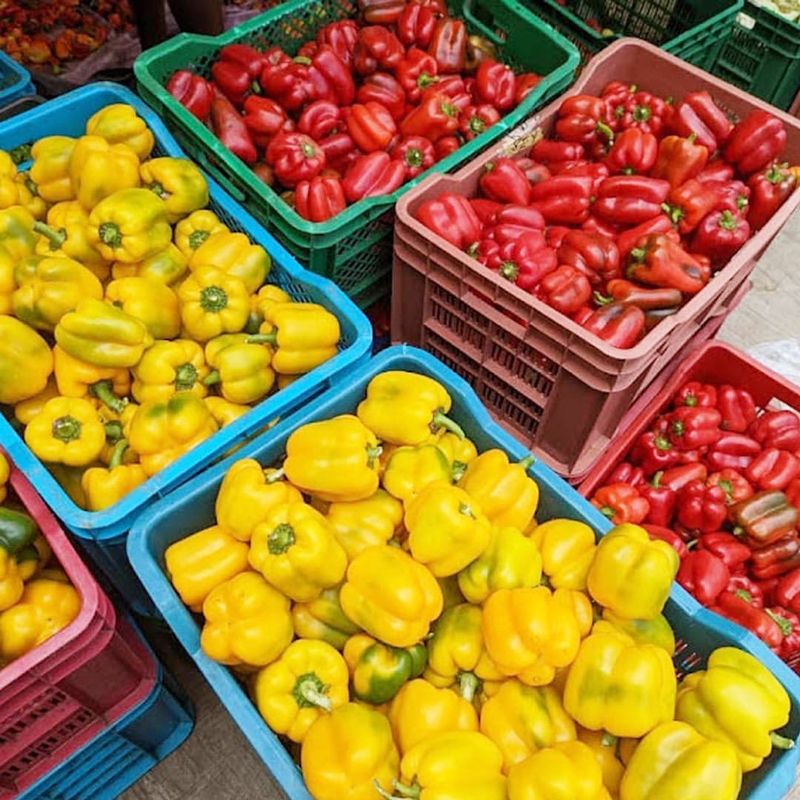
Though bell peppers are vibrant and tasty, they might not be friendly to everyone. They contain solanine, a compound that can exacerbate inflammation in sensitive individuals.
Hence, if joint pain is an issue, consider reducing your intake. Cooking them thoroughly can sometimes lessen their inflammatory potential.
3. Eggplants
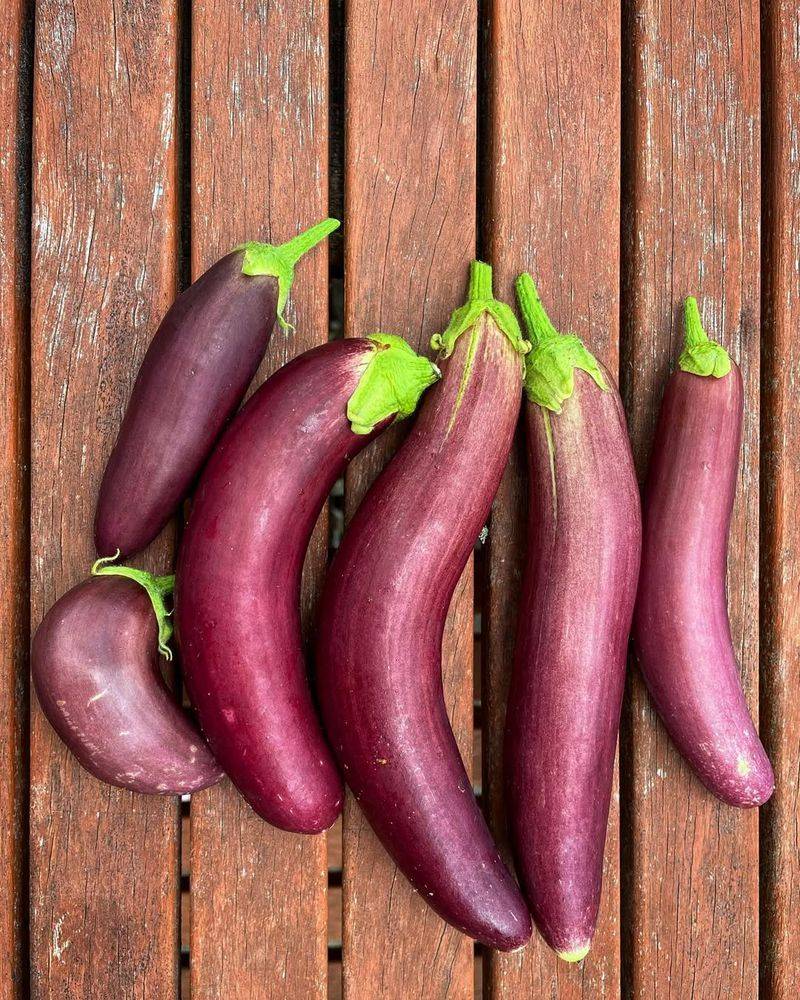
Delicious vegetable but it contains solanine, which could be inflammatory. If you’re prone to joint pain, pay attention to how your body reacts.
Grilling or roasting can sometimes reduce the inflammatory compounds. Those with nightshade sensitivities may still need to avoid these shiny vegetables.
4. Potatoes

However, potatoes contain glycoalkaloids, which can induce inflammation in sensitive individuals. If joint pain bothers you, reducing potato consumption might help.
Try sweet potatoes as an alternative, as they have anti-inflammatory properties. Peel potatoes to lower glycoalkaloid content.
5. Spinach
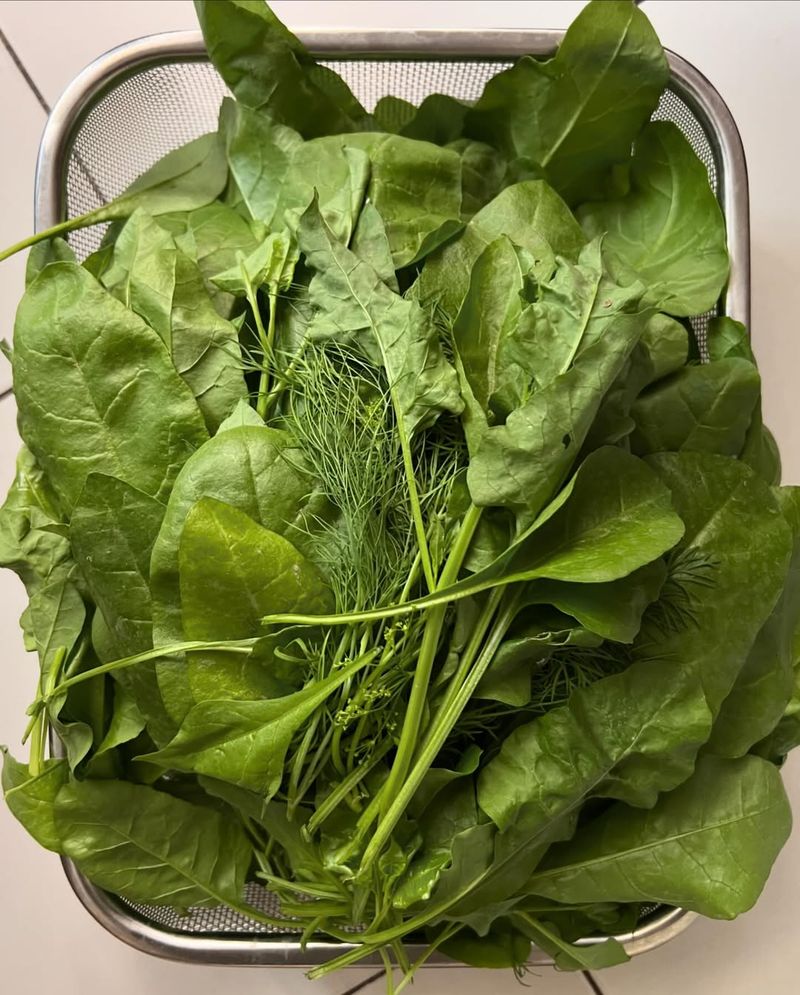
Spinach, though nutritious, contains oxalates, which might cause inflammation. How your body responds is key, especially if kidney stones are a concern.
Lightly steaming spinach can reduce oxalate levels, making it a friendlier option. Consider pairing it with calcium-rich foods to potentially mitigate any negative effects.
6. Mushrooms
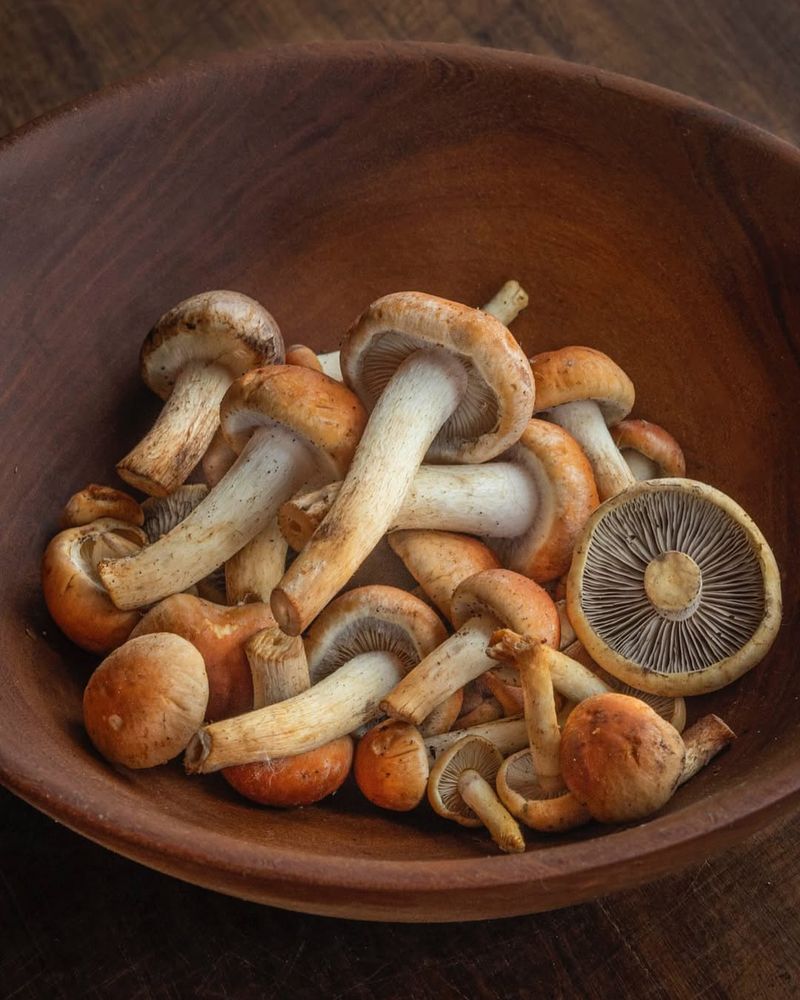
How mushrooms impact your inflammation levels depends on their preparation. Raw mushrooms can contain compounds that may irritate.
Cooking them thoroughly can often mitigate this issue. If you find mushrooms problematic, consider switching to varieties known for lower inflammatory potential, like shiitakes.
7. Onions
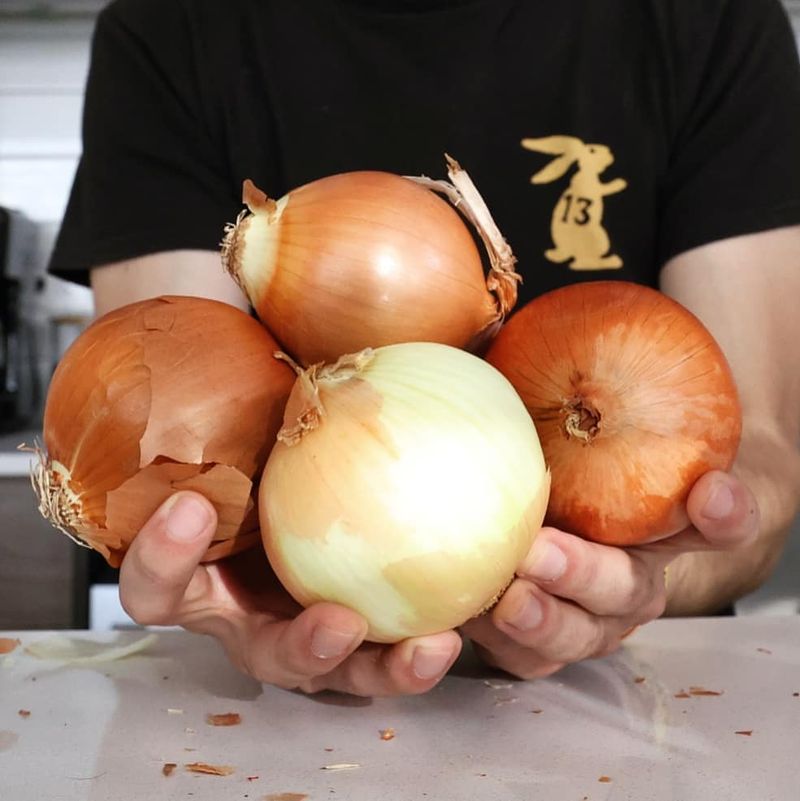
They bring flavor but also contain fructans, which might lead to digestive distress and inflammation. If you have digestive sensitivities, exploring alternatives could be wise.
Cooking onions thoroughly can sometimes reduce their impact, making them gentler on the stomach.
8. Garlic

Though garlic is a culinary favorite, it contains fructans that could cause inflammation for some. If you notice discomfort, reducing garlic in your diet might be beneficial.
Cooking garlic can lessen its inflammatory effects, making it easier to digest. Incorporating garlic oil instead!
9. Broccoli
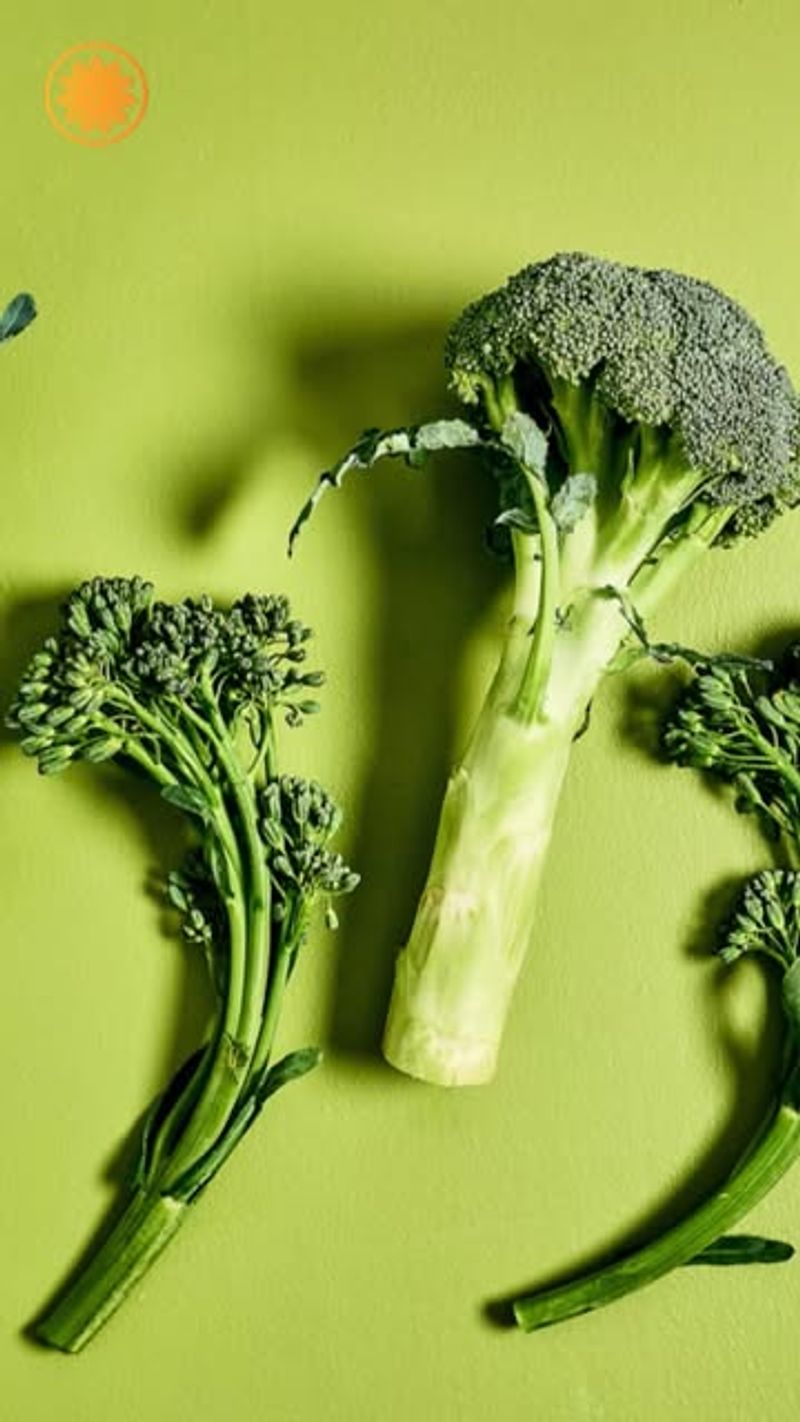
Lauded for its nutrients, yet it contains goitrogens, which may affect thyroid function in sensitive individuals. If thyroid health is a concern, moderating broccoli intake could be crucial.
Cooking broccoli can deactivate goitrogens to some extent, allowing for safer consumption.
10. Cauliflower
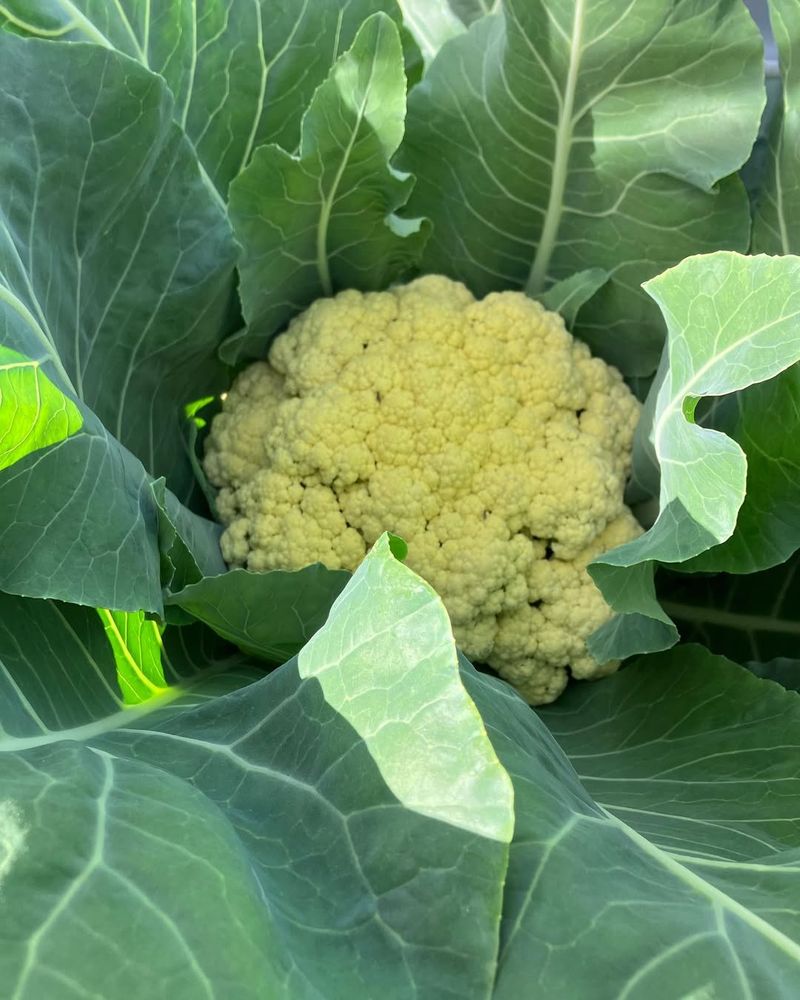
Cauliflower, much like its cruciferous cousins, contains goitrogens. These compounds could impact thyroid health, leading to inflammation if consumed excessively.
Steaming or boiling cauliflower can help mitigate these effects, allowing you to enjoy its benefits. Consider pairing it with iodine-rich foods to counterbalance potential drawbacks.
11. Cabbage
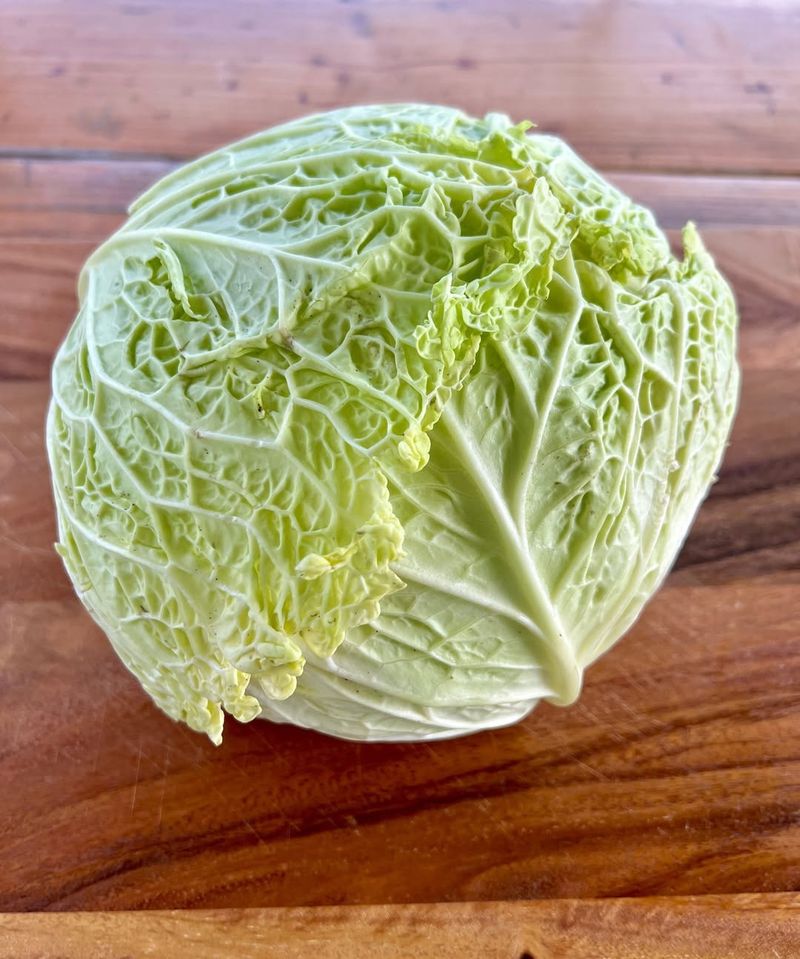
It offers versatility but contains raffinose, a sugar that might cause inflammation and gas. If digestive issues arise, consider cooking cabbage thoroughly to reduce these compounds.
Fermentation—such as in sauerkraut—can also make cabbage more digestible.
12. Kale
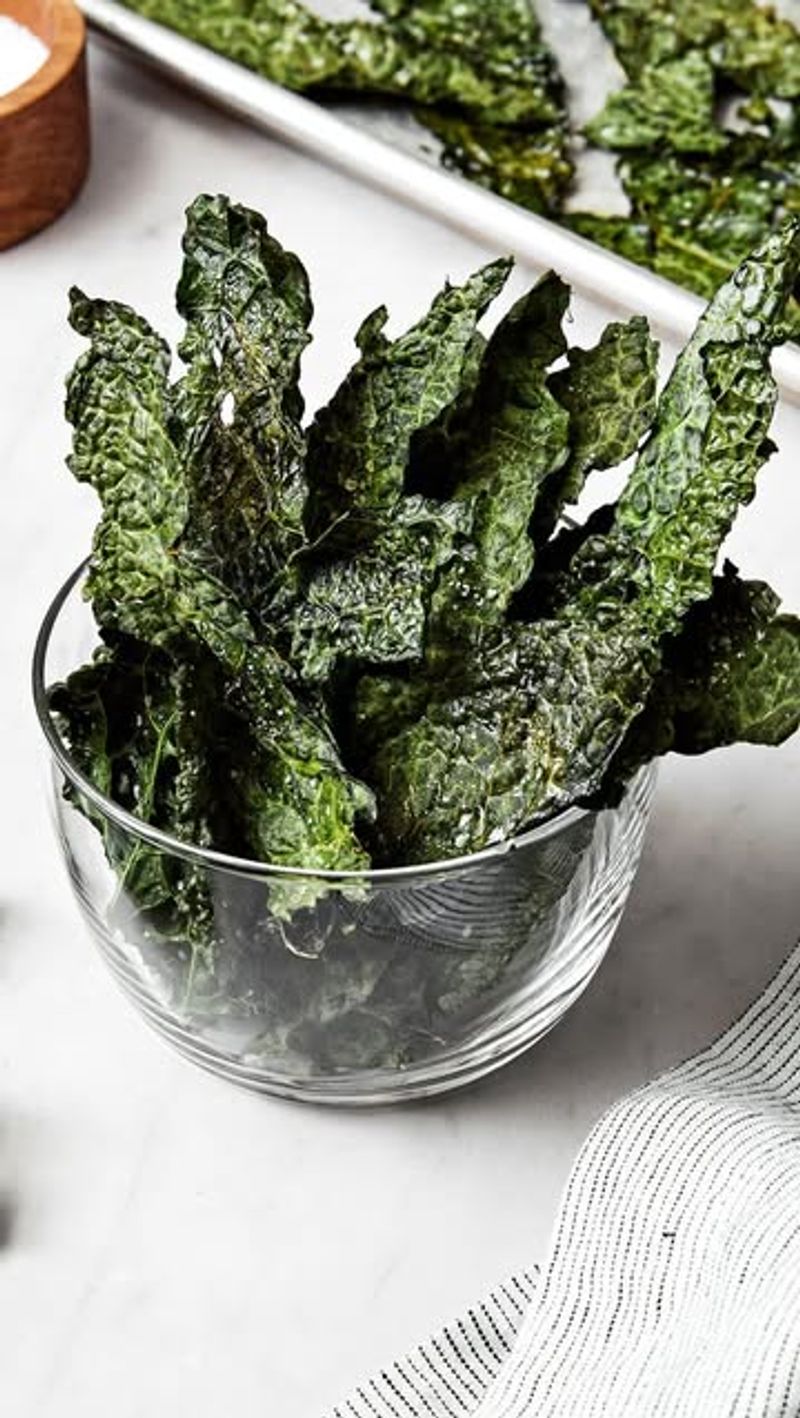
Kale’s health halo is undeniable, yet it contains goitrogens, potentially affecting thyroid health. If you worry about thyroid function, limiting raw kale might help.
Steaming kale can reduce goitrogen content, retaining its nutritional benefits. Blending kale with foods rich in iodine might also offer a balanced approach.
13. Asparagus

They may be revered, but it contains fructans that could trigger inflammation in some. If you’re sensitive, consider limiting your intake, especially raw asparagus.
Cooking can help lower these fructan levels, possibly making it easier on digestion. Blending it into soups or steaming might offer delicious alternatives.
14. Sweet Corn

Their popularity doesn’t shield it from containing fructose, which might lead to inflammation. If you’re sensitive to fructose, reducing sweet corn in your diet may be beneficial.
Cooking sweet corn can sometimes ease its effects, offering a gentler option. Combining it with fiber-rich foods might also help mitigate potential discomfort.
15. Collard Greens
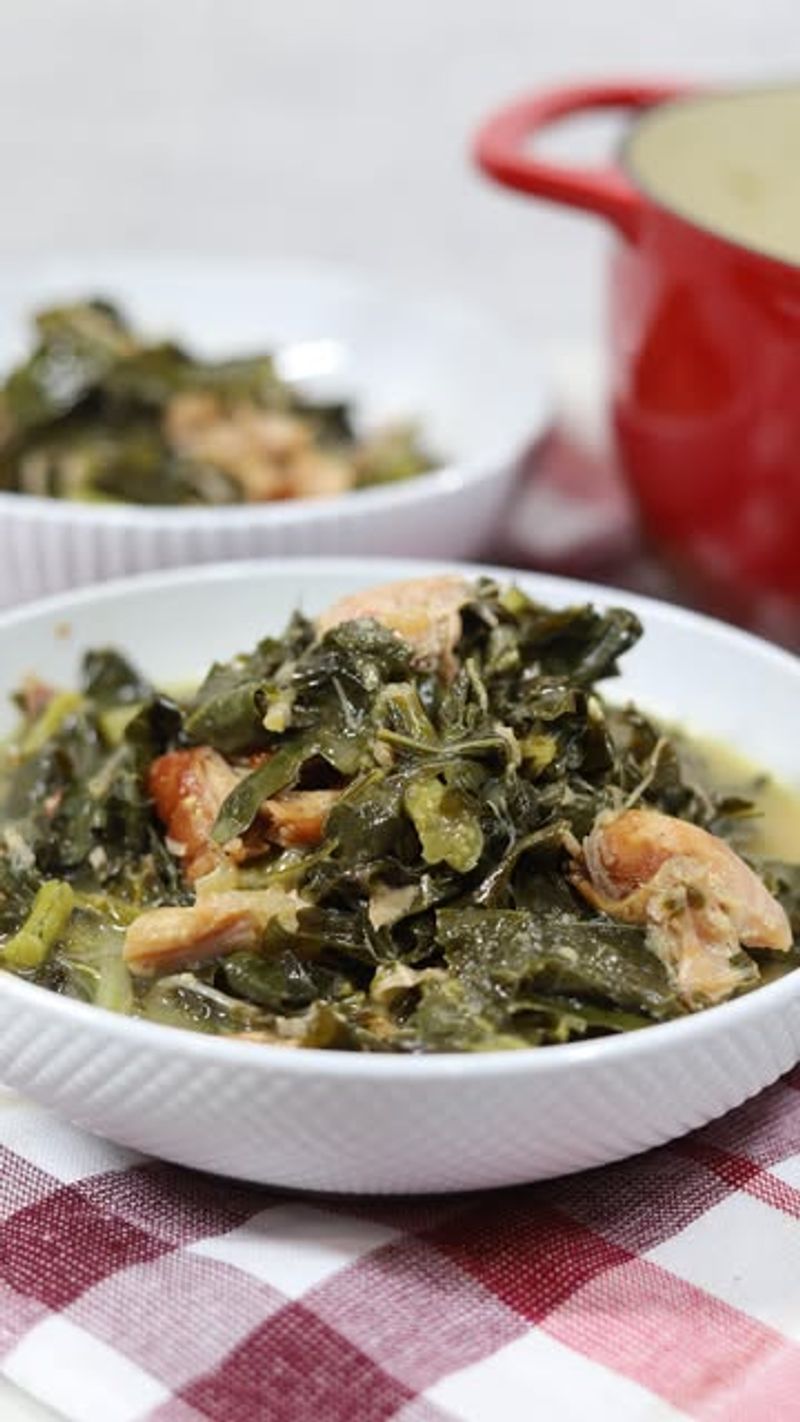
If collard greens are part of your diet, be aware of their goitrogen content. For those with thyroid concerns, limiting raw consumption could be wise.
Cooking collard greens can lessen these compounds, providing a safer way to enjoy their nutritional benefits. Pairing them with iodine-rich foods might help balance their effects.
16. Brussels Sprouts

Nutritional powerhouses but contain goitrogens. If thyroid health is on your radar, moderation could be key.
Cooking can lessen their goitrogenic effects, preserving their nutritious appeal. Exploring different recipes might also offer new culinary experiences.
17. Radishes
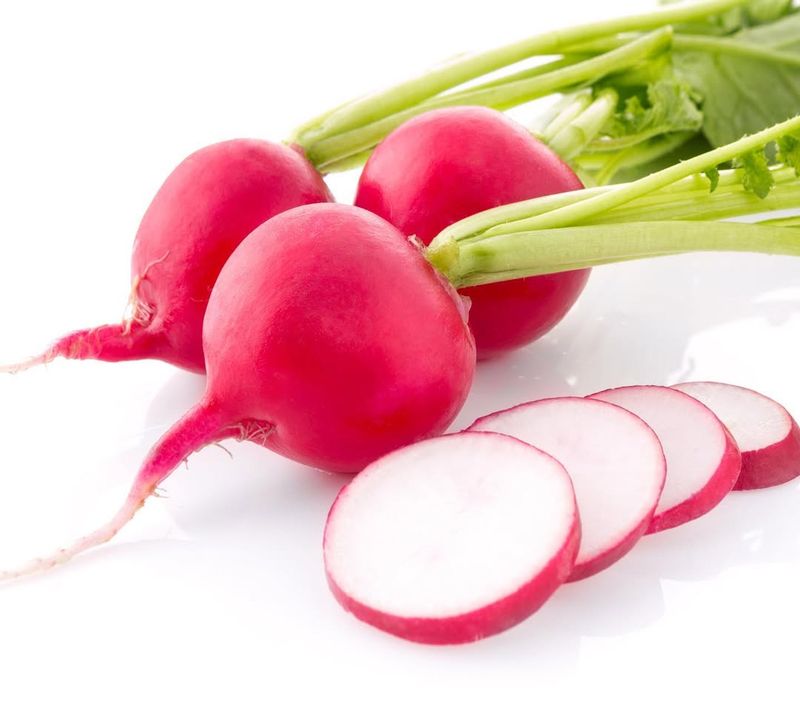
Spicy and delightful, yet they contain goitrogens that might affect thyroid health. If you’re sensitive, cooking or fermenting radishes can help reduce their impact.
Try incorporating them into dishes where their crunch can be enjoyed without raw consumption.
18. Beets
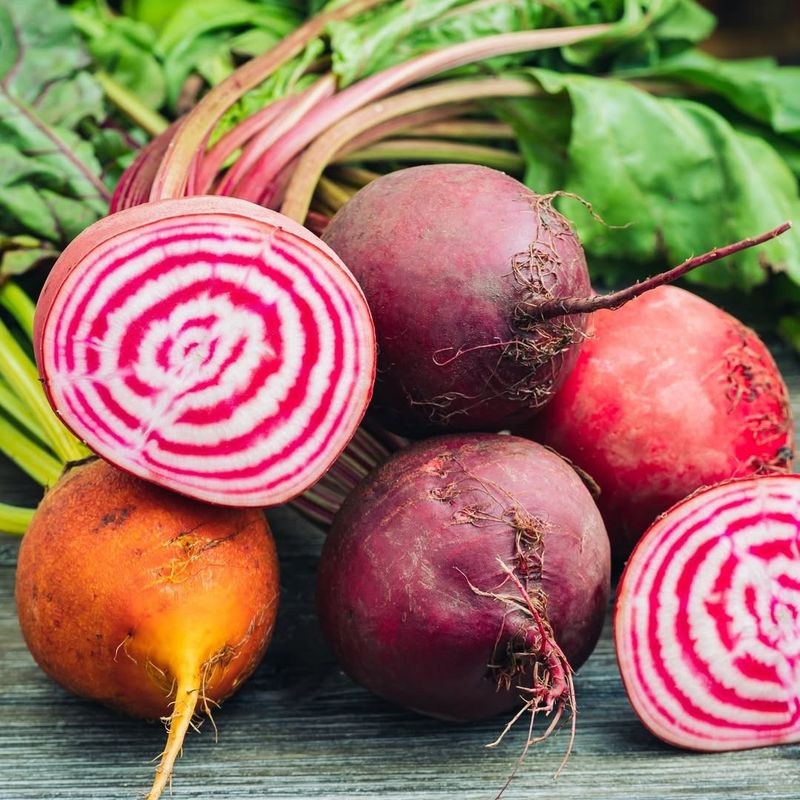
Known for their color and sweetness but may contain oxalates, contributing to inflammation in some. If kidney stones are a concern, reducing beet consumption might be beneficial.
Cooking or juicing beets can sometimes lower oxalate levels, offering a safer option. Explore different ways to eat beets!
19. Carrots

Though widely enjoyed, hey have been noted to contain allergens that might cause inflammation in sensitive individuals. Cooking carrots can often reduce these allergens.
It’s making them more digestible. Blending them into soups or purees might offer an alternative preparation method.

